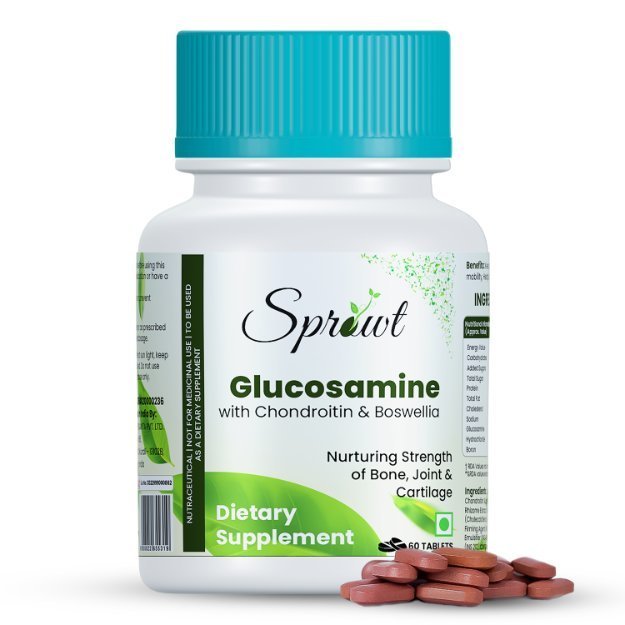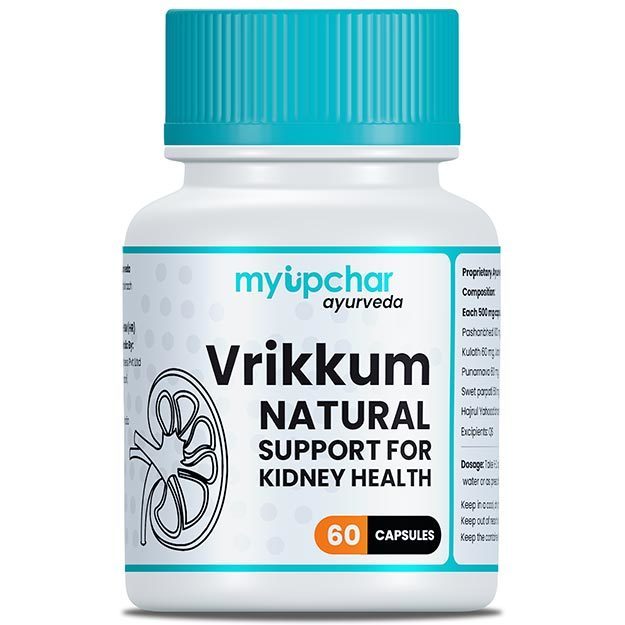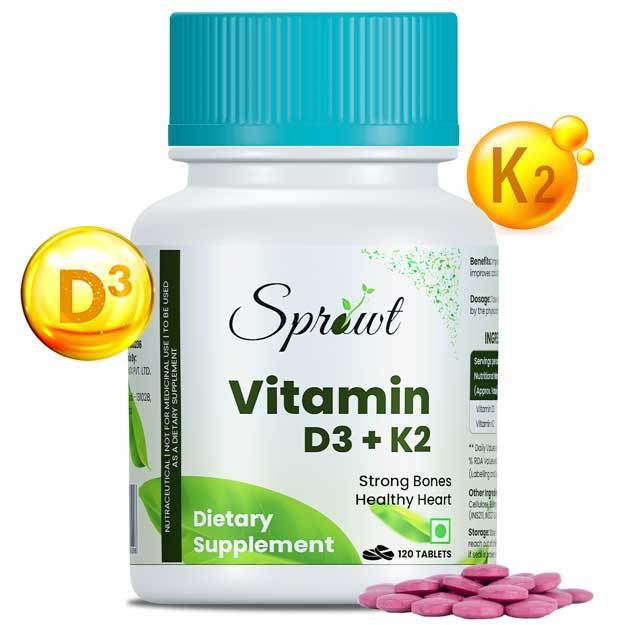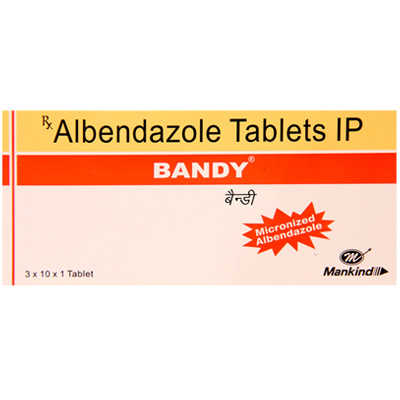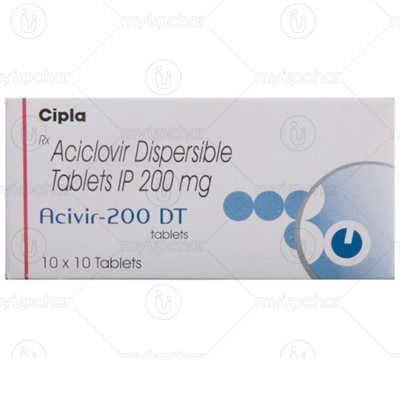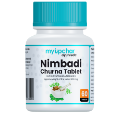Oxy Dihydrate LA Injection is a prescription drug, available for use as Infusion. Primarily, it is used for the treatment of Bacterial Infections. The alternative uses of Oxy Dihydrate LA Injection have also been explained below.
The correct dosage of Oxy Dihydrate LA Injection depends on the patient's age, gender, and medical history. The condition it has been prescribed for, and the route of administration also determine the right dosage. Detailed information has been provided in the dosage section.
Besides the aforementioned side effects, there are other adverse effects of Oxy Dihydrate LA Injection as well, which are listed below. Normally, these side effects of Oxy Dihydrate LA Injection are not long lasting and go away when the treatment is finished. Please speak with your doctor if these side effects worsen or persist for a longer duration.
Furthermore, you should know that effect of Oxy Dihydrate LA Injection is Severe for pregnant women and Severe for women who are breastfeeding. Warnings related to Oxy Dihydrate LA Injection's effects on the liver, heart and kidney, if any, have been listed below.
Other conditions have been mentioned below in the Oxy Dihydrate LA Injection contraindications section.
Drug reaction of Oxy Dihydrate LA Injection with other medicines has been reported. Refer to the list below for further details.
Along with the above-mentioned precautions, remember that taking Oxy Dihydrate LA Injection is considered not safe while driving, and is not addictive.
X







